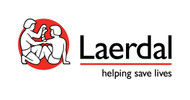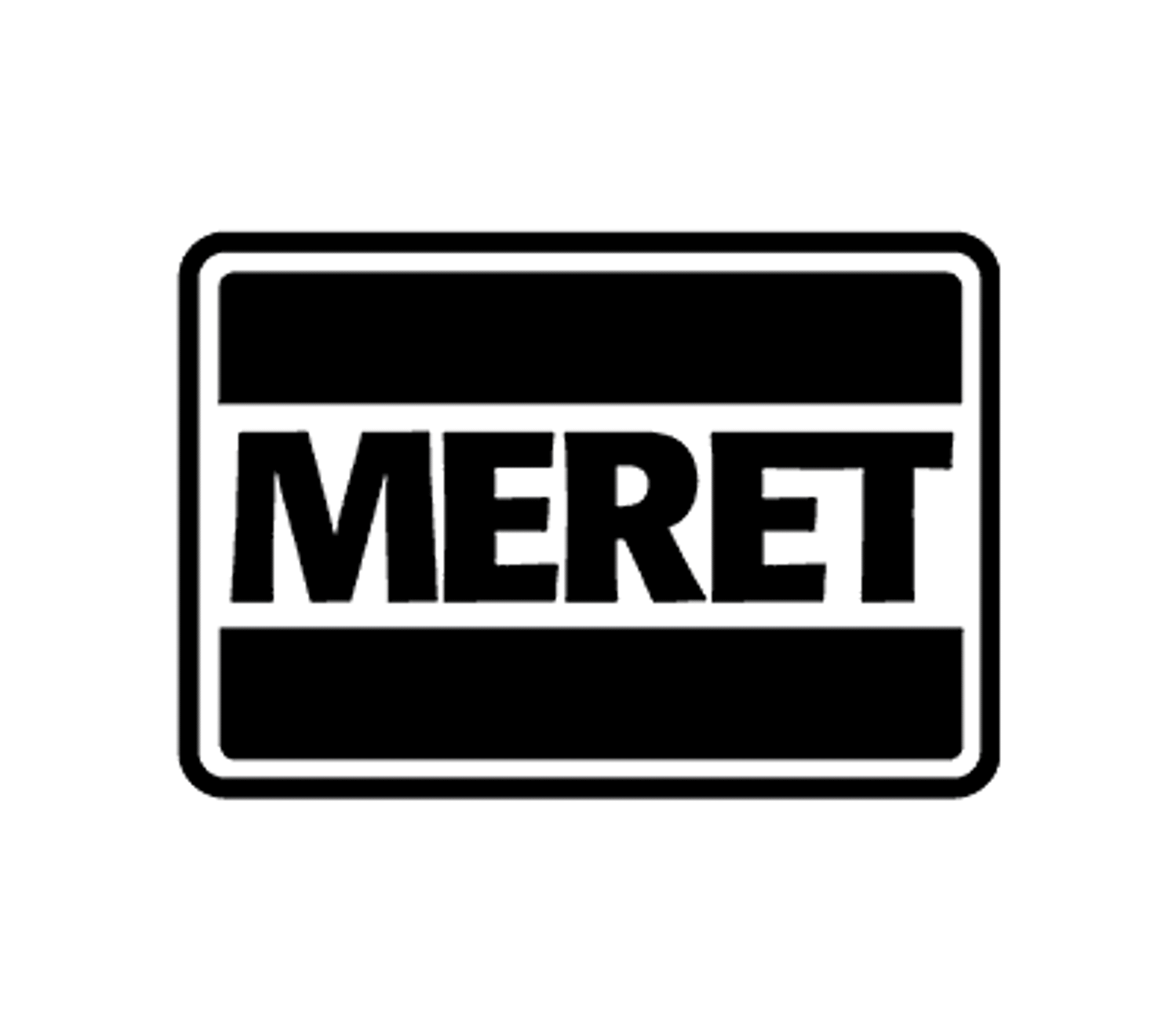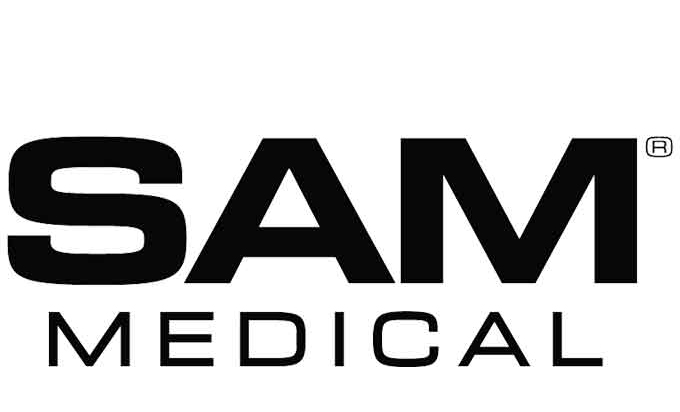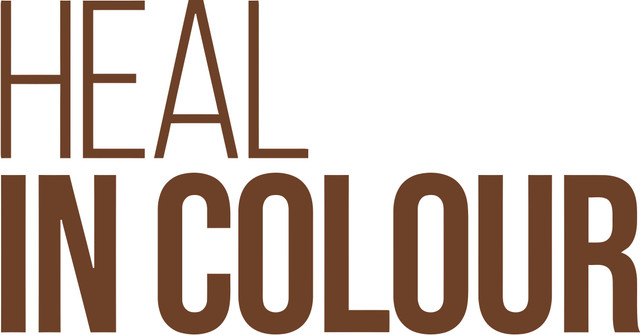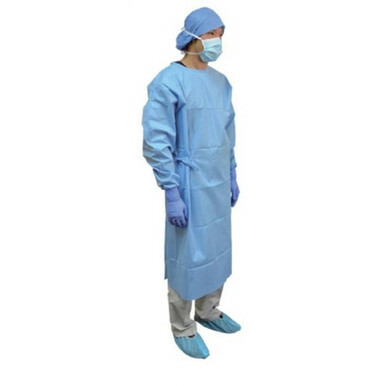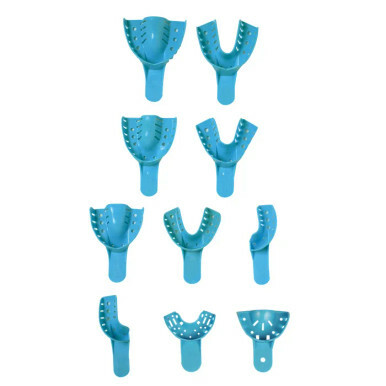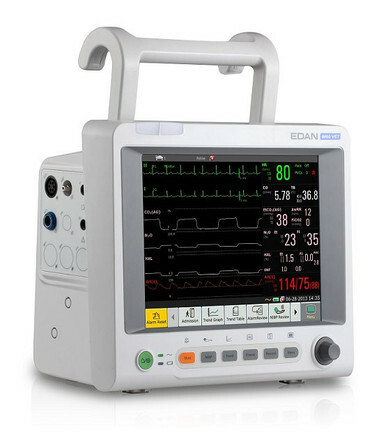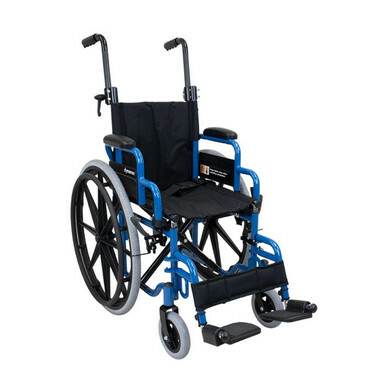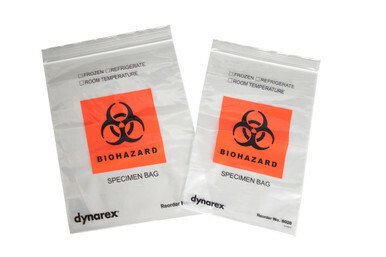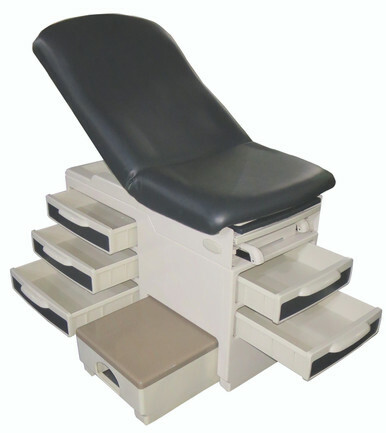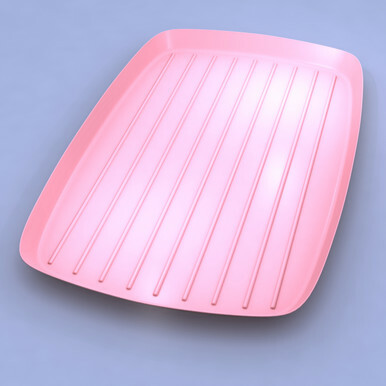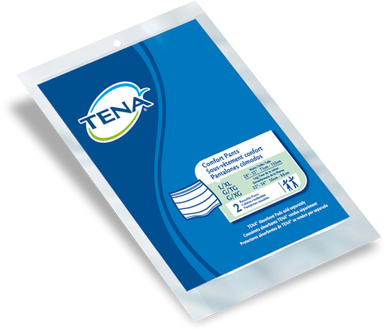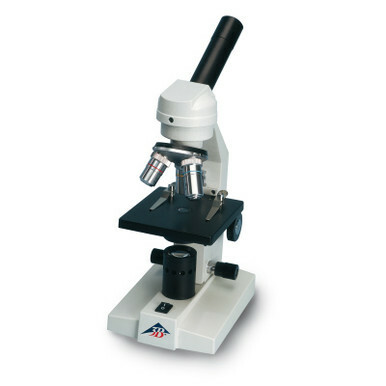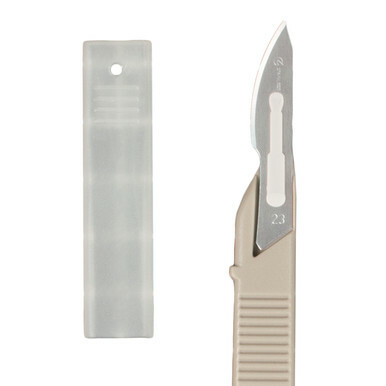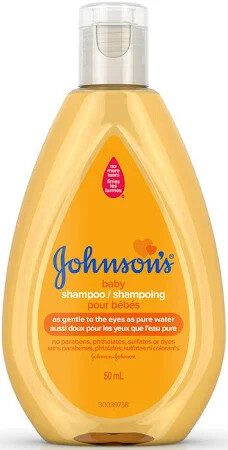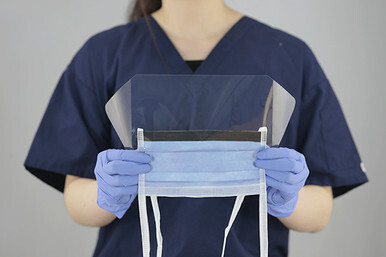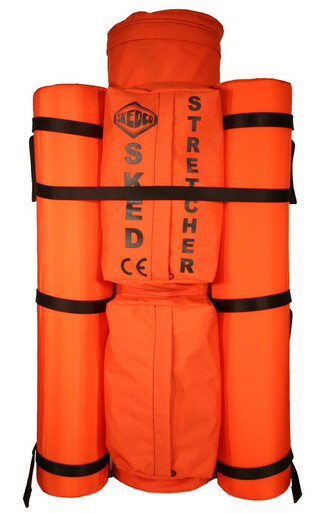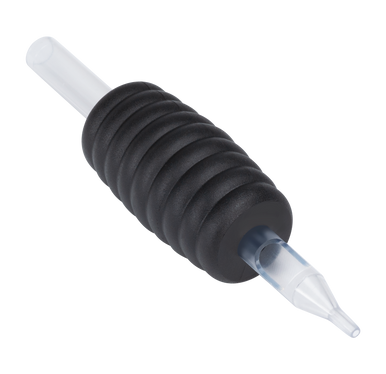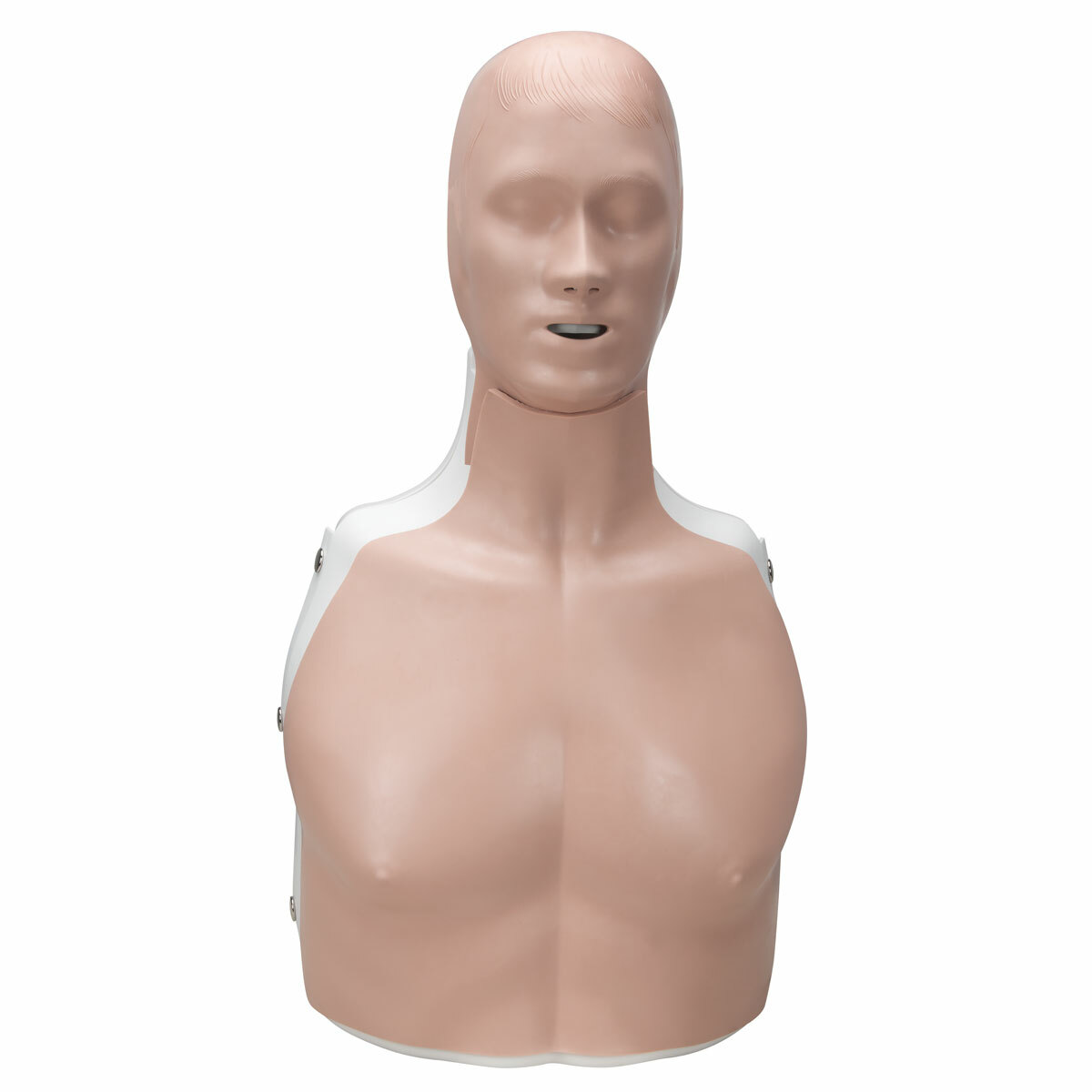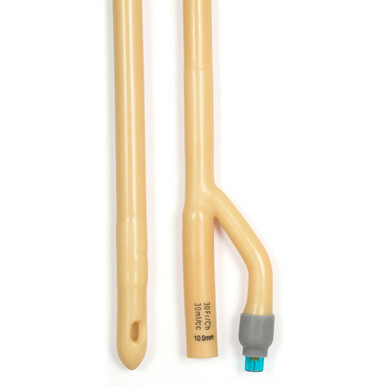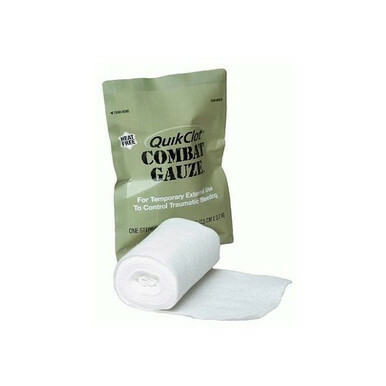Sticking Together: The Remarkable World of Medical Tape
Posted by EMRN on 8th Nov 2023
Introduction
In the complex and ever-evolving world of healthcare, a multitude of tools and supplies are essential for the well-being of patients. Among these, medical tape stands as an unassuming hero, offering invaluable assistance in various medical scenarios. In this blog post, we'll unravel the fascinating story of medical tape, exploring its diverse types, applications, and the critical role it plays in patient care.
The Many Faces of Medical Tape
Medical tape is a versatile adhesive tool used in a wide range of healthcare applications. From securing bandages to supporting surgical procedures, here are some of the most common types of medical tape:
- Adhesive Bandage Tape: This is the everyday hero that holds bandages in place. It comes in various widths, making it suitable for everything from minor cuts and scrapes to more extensive wounds.
- Surgical Tape: Used in surgical settings, surgical tape is designed to secure dressings, tubing, and other medical devices to the skin. It comes in different materials, such as paper and silk, and may have various adhesives to suit specific needs.
- Transpore Tape: This transparent, hypoallergenic tape is gentle on the skin, making it ideal for sensitive areas or for patients with allergies. It provides a clear view of the wound or incision site.
- Paper Tape: Gentle and breathable, paper tape is commonly used to secure gauze dressings. It is suitable for delicate skin and reduces the risk of irritation.
- Silk Tape: Silk tape is strong and adheres well to the skin. It is often used for securing heavy dressings and devices. It can be used in surgical applications as well.
- Cloth Tape: Durable and reliable, cloth tape is often used in sports medicine, for athletic taping, and in emergency settings where a secure hold is required.
The Vital Role of Medical Tape
Medical tape plays a vital role in patient care, and its applications are diverse:
- Wound Management: Adhesive bandage tape helps keep wound dressings in place, preventing contamination and promoting the healing process.
- Surgery: In surgical procedures, surgical tape is essential for securing surgical drapes, dressings, and tubing, ensuring a sterile environment.
- Catheter and Tubing Securement: Medical tape is used to secure catheters and tubing, preventing accidental removal and minimizing infection risks.
- Orthopedics and Sports Medicine: Cloth tape is often used for stabilizing joints and supporting injured or strained muscles.
- Emergency and Trauma Care: In emergency situations, medical tape is used to quickly secure dressings, create makeshift splints, and address various immediate medical needs.
- Intravenous Lines: Medical tape helps secure IV lines in place, ensuring a steady and uninterrupted flow of medication or fluids.
The Advantages of Medical Tape
Medical tape offers several advantages that make it an indispensable part of healthcare:
- Versatility: With different types available, medical tape can be tailored to meet specific patient needs and comfort levels.
- Breathability: Many types of medical tape are designed to allow air and moisture to pass through, reducing the risk of skin irritation and discomfort.
- Hypoallergenic Options: Hypoallergenic tapes are available for patients with sensitive skin or allergies.
- Reliability: Medical tape provides secure adhesion, ensuring that dressings, devices, and tubes stay in place when needed most.
Conclusion
While medical tape may appear unassuming, its significance in the healthcare realm cannot be overstated. From wound management to surgical settings, sports medicine to emergency care, medical tape is a versatile and vital tool in ensuring patient well-being and the success of medical procedures. Its ability to provide secure adhesion and support makes it a trusted companion in the demanding and ever-changing world of healthcare.



